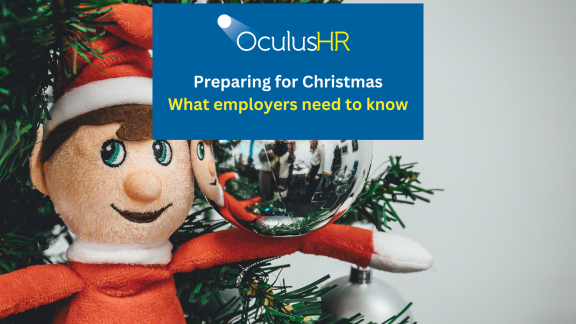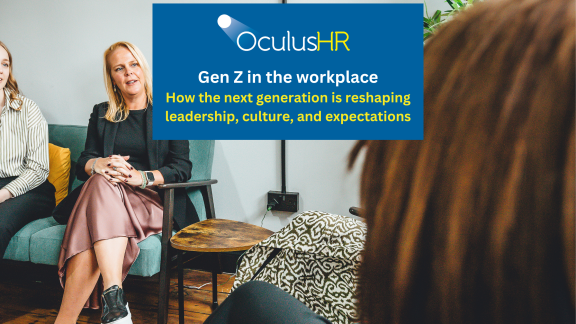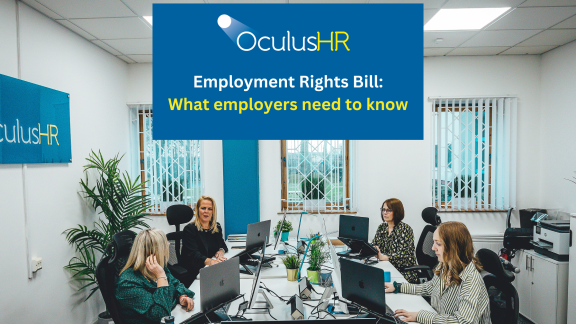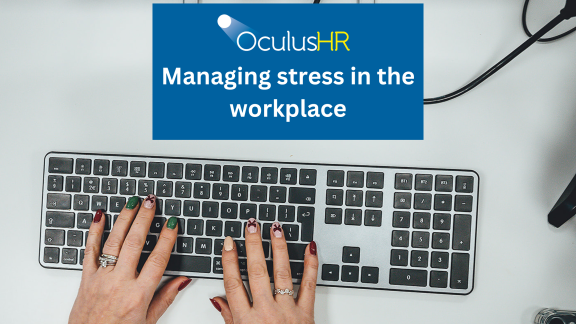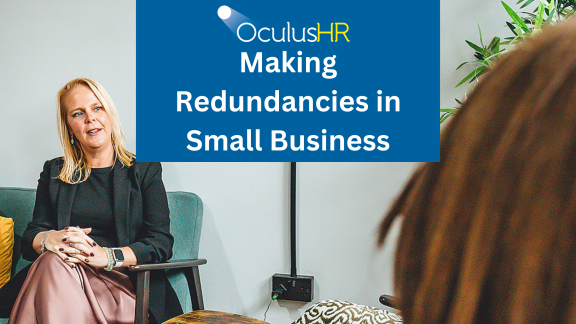Hybrid working has gone from a temporary fix to a permanent feature of modern work. For many businesses, it’s brought greater flexibility, improved work-life balance, and access to a broader talent pool. But some employers are starting to ask: is hybrid still working, and what do we need to do to manage it effectively?
Whether your team is fully remote, working to set office days, or something in between, hybrid working demands more than a flexible diary. It requires clear expectations, strong communication, and the right support for managers and teams alike.
What hybrid working looks like in 2025
The latest data from the Office for National Statistics shows that 28% of UK workers are now using a hybrid working model, spending part of their week at home and part in the workplace. Meanwhile, 41% of employees do at least some of their work remotely.
Recent research from the CIPD confirms just how widespread hybrid policies become, with 91% of UK organisations now offering some form of flexible working. Yet, despite this progress, implementation isn’t always smooth. Over half of employers now require a minimum number of office days, most commonly three days per week, while 53% of employees say they feel pressure from senior leaders to become more physically present, even if flexibility is technically available.
This disconnect between formal policies and cultural expectations is creating a new challenge – how to build trust, fairness, and clarity in a hybrid-first world.
The benefits of a hybrid workforce
When managed well, hybrid working offers considerable benefits for both employers and employees.
It allows people to better balance work with home life, helping to reduce stress and improve wellbeing. According to the CIPD, 80% of employees report that flexible working has improved their quality of life, and a third say it has positively impacted their career.
For businesses, hybrid working can improve recruitment and retention by widening the talent pool. It can also support productivity and reduce overhead costs, especially where teams rotate office attendance or adopt smaller spaces.
But these benefits depend on consistency, good communication, and ensuring every employee has equal access to the support and opportunities they need.
The challenges emerging in 2025
Despite the positives, hybrid working isn’t without its challenges, and many of them are now coming into sharper focus.
One key issue is consistency. When some employees are regularly present in the office and others are not, it can lead to an unintentional visibility gap. This can affect everything from collaboration and engagement to performance reviews and promotion decisions.
There’s also growing concern around employee pressure. Although only 14% of employers plan to mandate more office time, over half of employees say they feel informal pressure from leaders to show up more often. This tension can erode trust and lead to disengagement, especially if staff feel the model they were promised is starting to shift.
Meanwhile, access to hybrid working remains unequal. The ONS reports that hybrid roles are more than ten times more common among high earners and degree holders, compared to those in lower-paid or frontline roles. This raises important questions about fairness, inclusion, and the long-term impact on workforce equality.
What employers need to consider
To make hybrid working a sustainable success, businesses need to go beyond offering flexibility, they need to actively support it.
Start with clear policies. Employees should understand when and how hybrid working is available, what’s expected of them, and how decisions are made. Policies should cover communication norms, office attendance, availability hours, and any requirements for performance or reporting.
Managers need support, too. Leading a hybrid team requires a different approach, one that prioritises trust, regular check-ins, and outcome-based performance conversations. Without the right training, managers may struggle to keep remote employees engaged, supported, or fairly treated.
Employers must also ensure their legal and compliance obligations are up to date. Where employees are working from different locations, including from different countries or regions, contracts, risk assessments, and health and safety processes may need reviewing.
Finally, organisations need to listen. Regular employee feedback can help identify issues early, before they affect morale, retention, or performance.
When hybrid working doesn’t work
Not every business or role is suited to hybrid working, and not every team member thrives in that environment. If flexibility starts to impact productivity, communication, or culture, it may be time to reassess your approach.
This doesn’t necessarily mean scrapping hybrid altogether. It may mean refining the model, for example, setting minimum in-office days, investing in better communication tools, or offering more structured check-ins.
The key is to stay proactive. Issues around visibility, fairness, and team dynamics can escalate if left unaddressed.
The cost of getting it wrong
Flexible working isn’t just nice to have, it’s a significant factor in attracting and retaining talent.
In fact, the CIPD reports that over one million workers left a job since January 2024 due to a lack of flexibility. And, in a separate poll, 48% of UK professionals said they would consider leaving if asked to return to the office full-time.
These figures highlight just how critical it is to strike the right balance. If employees feel the trust or flexibility they were promised is being eroded, they may start to look elsewhere.
How Oculus HR can help
At Oculus HR, we help businesses take the guesswork out of hybrid working. Whether you need help creating a flexible working policy, training your managers to lead hybrid teams, or reviewing your employment documentation, we can guide you through the process.
We take a practical, people-first approach – helping you stay compliant while building a culture that works, wherever your team is based.
If you’re reviewing your hybrid setup or starting to see challenges with engagement, productivity, or consistency, now is the time to get support.

